In the desert and in the jungle: Anglo-American tanks in battles and ... in the debate (part one).
Tank М3 "Grant" at the Aberdeen Proving Ground in the USA
Note that the defeat of the Germans at the Kursk Bulge really strongly influenced the mindsets of our Anglo-American allies, who first reveled in their own major success in North Africa. “It is noteworthy that the Red Army’s summer victories rather than the Anglo-American successes in Tunisia and Sicily necessitated a quick revision of the Allied plans only ten weeks after the Washington Conference,” a Reuters correspondent wrote in August 1943, and this statement can not be attributed to the number of exaggerations peculiar to journalists. Fearing that the Soviets would be ahead of them, the Anglo-Americans forced preparation for the landing operation in northern France and simultaneously increased their pressure on the Italian front, where after their landing in Sicily, German troops began to deploy in the middle of summer 1943.
Day "D", landing in Normandy.
Preparations for the landing across the English Channel were very serious, but when 6 June 1944 of the year the troops of England, the USA and Canada finally launched Operation Overlord, it turned out again that the Allied tanks were still qualitatively inferior to the Panzerva!
English tank "Matilda-IICS" with a lightweight 76,2-mm gun. Tank "fire support".
During the battles in the sands of North Africa, even such a heavy-armored tank as the “Matilda” turned out to be poorly protected from German 88-mm shells. And he was of little use for maneuvering offensive operations. Well, the British 57-mm tank guns were still inferior to the new German 75-mm guns, not to mention the Tiger cannon. That is why the British tank builders tried to prepare more such vehicles as the Cromwell and Sherman Firefly (Firefly) with the long-barreled 17-pound 76-mm gun, which the English had designated as the 77-mm gun, to the landing force through the English Channel. His armor-piercing projectile had an initial speed of the order of 900 m / s, almost like the “Panther”, but the whole thing is that these tanks did not begin to arrive in June, and not in July, but only in August 1944, when the losses Allies in the tanks have already exceeded all imaginable sizes.
English tank "Cromwell".
On all other vehicles, including most of the famous Sherman tanks, the 75-mm tank gun of the Westerflute arsenal was installed, designed on the basis of the French 1897 field gun of the year of manufacture. Moreover, it was subsequently cut off so that its barrel did not protrude beyond the envelope of the front of the hull of the first American truly medium-sized MH Li / Grant tanks. The fact is that the Americans entered World War II, having only about 300 tanks, and they had to build up their tank power in a great hurry. As a result, the main efforts were expended on working out the undercarriage and the engine-transmission unit in order to produce tanks in the largest possible quantities. But the American military specialists somehow forgot about the balance of weapons, although they put on this weapon a system for stabilizing the barrel in a vertical plane. However, it would be best to “give the floor” to such a British historian as Max Hastings, who examined in detail the shortcomings of the Anglo-American 1944 machines of the year in his book Operation Overlord *, in which he can read the following:
"How could the American and British industries produce a lot of magnificent aircraft, strikingly diverse radar equipment, radio bombs, a three-axle amphibious truck, a jeep and, nevertheless, send their armies to fight against the Wehrmacht, supplying them with tanks that are much inferior to the enemy in armor and slaughter the strength of the guns? An English tanker officer who had just arrived in France, in June 1944, recorded a conversation with his regimental adjutant on tank affairs at the front.
- What is the most important thing for Germans?
- "Panthers". "Panther" can pierce the "Churchill" like butter, for a whole mile.
- How does Churchill catch up with the Panther?
- Sneaking up to the "Panther". When direct contact occurs, the gunner tries to fire an enemy tank’s embrasure into the armored car below the cannon. If he succeeds, the projectile will pass through the thin armor above the driver's head. - Has anyone succeeded?
- Yes. Davis from squadron C. He is now in the rear at headquarters, trying to rebuild his nerves.
- How does Churchill catch up with the Tiger?
- They say they need to go two hundred yards away and shoot through the periscope.
- Has anyone succeeded?
- Not".
It is clear that it was not without its caustic satire, but the real situation is not too different from this. stories. And all this is a consequence of the short-sighted position of the Allied leadership. So Colonel George Macleod Ross, who participated in the development of American tanks, wrote after the war that the War Department had made a mistake by developing fighting vehicles separately from tank guns. Ross, among other experts, argued that you first need to create a tank gun, and then make a tank for it, and not adapt to it what is! He drew attention to the fact that during the war the British put a number of models of tanks on stream, without taking into account which enemy vehicles they would have to fight and armor of what thickness they would have to pierce. Tanks were developed in Chobham, and guns in Woolwich. As a result, the British made an excellent gun with a projectile in 17 pounds in June 1941 of the year, and put it on the Sherman tank only in August of the 1944 year, and in numbers too small to have a serious impact on the course of Operation Overlord. Ross, who worked at the US Army Artillery and Technical Supply Office in Detroit as a liaison officer, lamented how much material resources were spent by the British on the production of 25 000 tanks without sufficient results. Montgomery from North Africa seems to have sent a telegram saying: "All we need is an 75-mm gun." And in the subsequent years of the war, Churchill and Cromwell tanks received 6-pound and 75-mm cannons, instead of ... getting them A - from the very beginning and B - to get a 17-pound long-barreled weapon as a result!
To the Americans, it still warms the soul that it was they who, starting from scratch, achieved that it was they who played the main role in the production of tanks during the war years. But Russell Weigley, the most famous American specialist on the problems of the US Army during the war, pointed out their main problem: the Sherman tank did not have good artillery weapons. Unlike the Germans who produced the 24 630 tanks, and the British, who produced the 24 843 tank at the end of the 1944, the Americans “riveted” the tanks in a staggering number - 88 410 of which the English put.
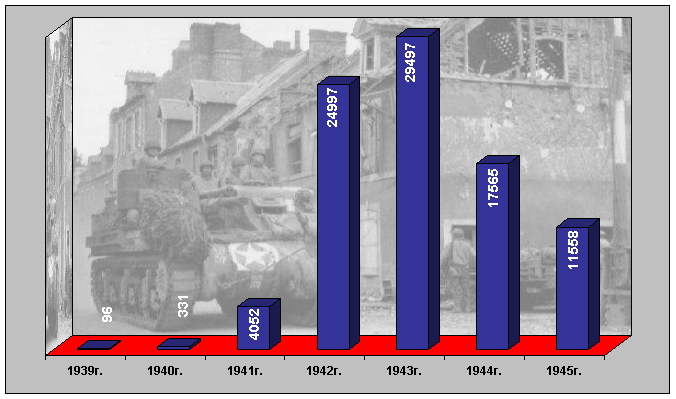
Production of tanks in the United States during the Second World War.
For the most part, these were the Shermans, which first appeared in 1942 and became the main strike force of the allies in the battles of 1944 - 1945. So, from the total number of tanks in Normandy, as many as two thirds were Shermans. And only one-third - the British tanks: "Kromveli" (7-I armored division) and "Churchill" (79-I division and several separate armored brigades). The Sherman was a reliable machine, very convenient for maintenance, and its tracks were five times more durable than tracks of German tanks. The weight of the tank in 33 tons compared with the 43 tons of "Panther" and 56 tons of "Tiger" made the tank more maneuverable. The speed of the Sherman on rough terrain was also higher than that of the Germans. In addition, the Sherman had two other important advantages over the German "opponents": he had more than them, the speed of rotation of the tower and also a higher rate of fire.
МХNUMXА4 "Sherman" with additional armor protection from sandbags.
But there were “Sherman” and two very big drawbacks: first, he easily caught fire, for which the soldiers called him “a stove for heating food”. It was a constructive flaw and they fought with it, welding additional sheets on the armor and loading it into the tank ... less ammunition. The second drawback, even more important, was the low tactical and technical characteristics of its weapons. For example, the 75-mm Sherman cannon had an initial speed of 2050 feet per second versus 2900 feet per second for the British 17-pound gun and 3340 feet per second for the German 88-mm tank gun. At a distance of 200 yards, the armor penetration of the English gun was almost three times greater than the similar capabilities of the 75-mm American gun. The Tiger could hit Sherman tanks 4000 yards away, but at that distance the American tank could not penetrate the Tiger’s frontal armor at all. But even when the Sherman received his own 76-mm gun, he had to get close to the Tiger for 300 yards in order to have at least some chance of knocking him out. "German TV and T-VI tanks not only withstand a greater number of hits," one of the operational research reports of the Supreme Commander of the Allied Expeditionary Forces headquarters in 1944 marked gloomily, "but also much less likely to catch fire when hit."
Further, it was also noted there that even such a tank as the T-IV, which, by the way, was almost half of the tank fleet of the German tank division, had an 75-mm cannon, with an initial projectile speed 20 percent higher than that of the similar Sherman cannon . The first could pierce the armor in 92 mm at a distance of 500 yards, and the Sherman cannon only 68 mm at the same distance. Moreover, the US Department of War could not even be dissuaded by the lack of information about the success of the enemy in artillery. After all, in May 1942, Major Jarrett from the Artillery and Technical Supply Directorate of the army delivered the trophy 88-mm gun to the USA along with his report, in which he insisted on copying and accepting it for production.
Improvised self-propelled gun "Dikon" based on the truck "Matador".
It is clear that the American designers then pinned their hopes not on the "Sherman", but on his replacement, another, a new tank, called the T-20. Three years of work, seven tests, but in the end only 120 machines were at the front by the end of the war. General Electric worked on the T-23 model. And what about this, wrote Colonel Ross? "There can be no justification for the extreme ignorance in tank tactics in general and in tank operations in Europe in particular, which prompted an indecisive attempt to create a worthy successor to Sherman, while the simple answer was to create a better weapon, which was a lot just easier to create a new tank. "
SAU "Bishop" based on the chassis of the tank "Valentine".
If it was chauvinism - “we will not copy the German 88-mm cannon or the English gun with the 17-pound projectile”, then in the conditions of total war this position seems very stupid. Moreover, the war has already proved the fallacy of the concept of General Leslie McNair, the chief theorist of the American army in those years. In his opinion, tank divisions should be used to develop success and the pursuit of a defeated enemy, and tanks would rarely have to fight with other tanks. He fell prey to the fallacy that formed the basis of the concept of a cruiser of an earlier time. As you know, its speed practically lost its meaning if the ship lacked reliable armor protection.
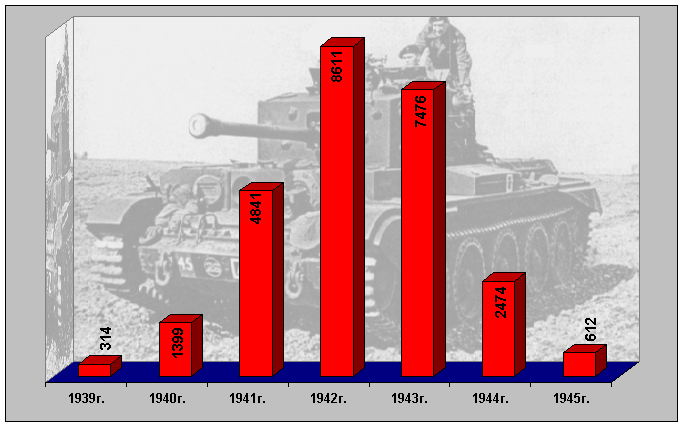
Production of tanks in the UK during the Second World War.
In the top leadership of the US Army, they were convinced that the Allied armies had such a huge quantitative superiority over the enemy in tanks that one could put up with some technical imperfections. But when the commander of the Sherman tank met with enemy tanks, and the American tank guns did not penetrate their armor, the number, as a factor of dominance on the battlefield, became not very significant. Tank crews had to act with great caution. After all, they knew very well that if their tank gets hit by a projectile, it will almost certainly flash like a candle. And they also knew the sad statistics that only a 50 percent of the crew survived in a tank that was on fire. As General Bradley wrote about this, "this willingness to expend" Shermans "provided little comfort to the crews who were forced to expend themselves together with the machines."
Fig. A.Shepsa
* Max Hastings. Operation Overlord. How the second front was opened. - M .: Progress, 1989
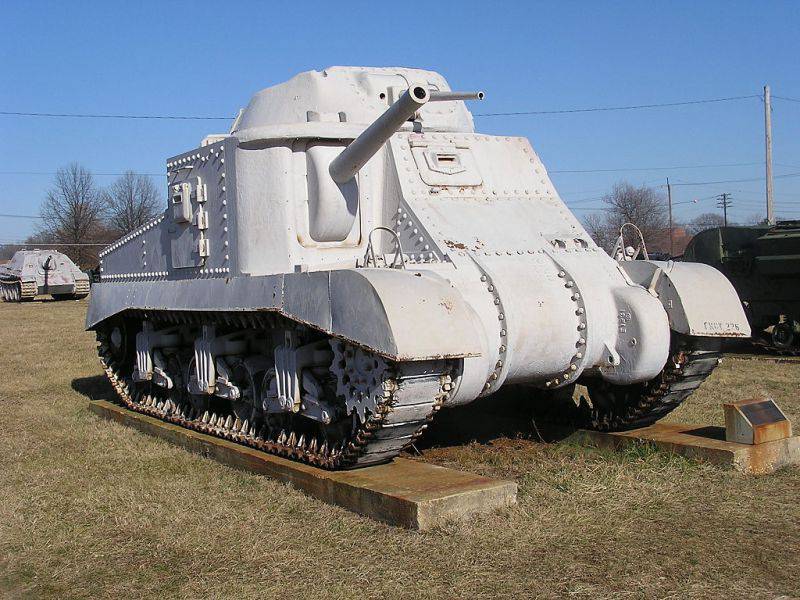
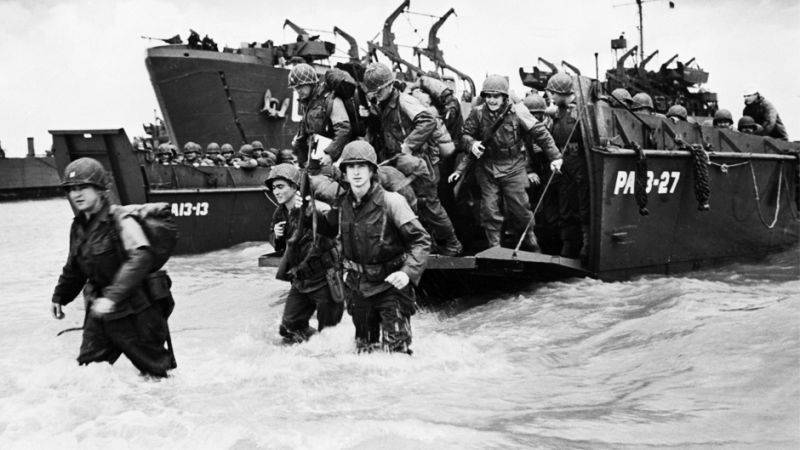
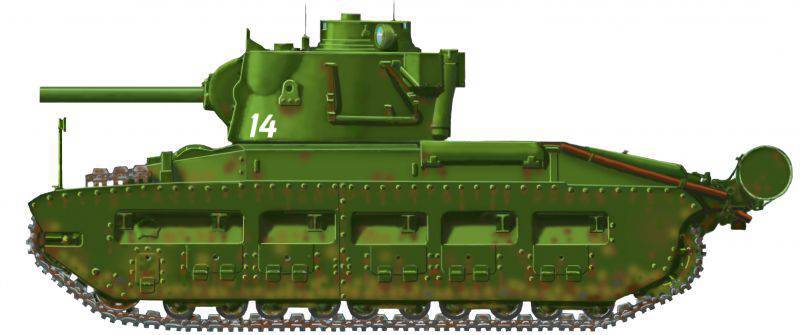
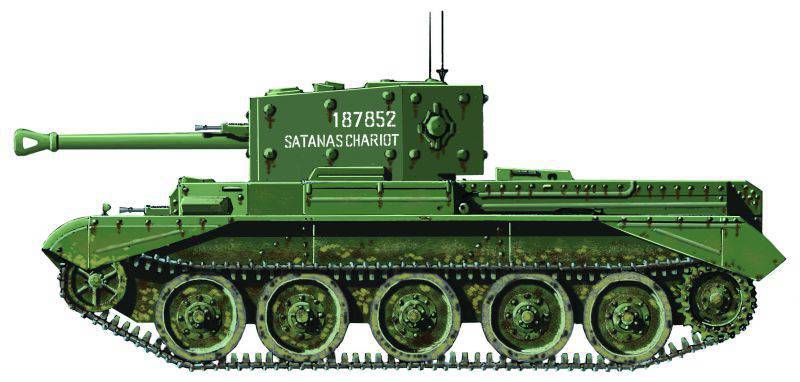
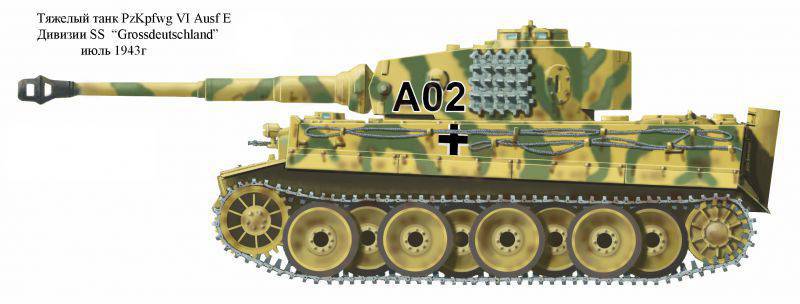
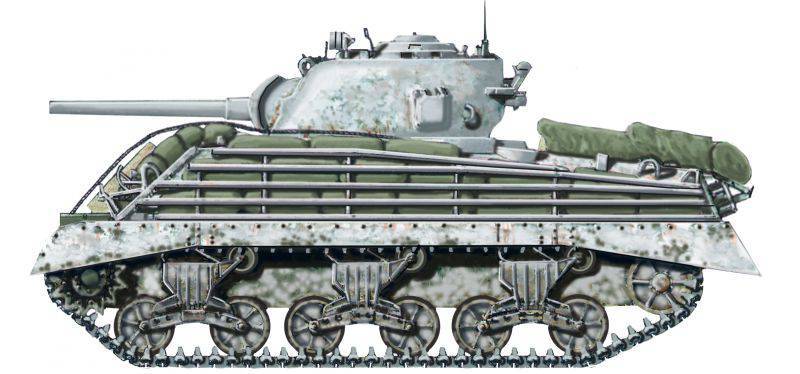
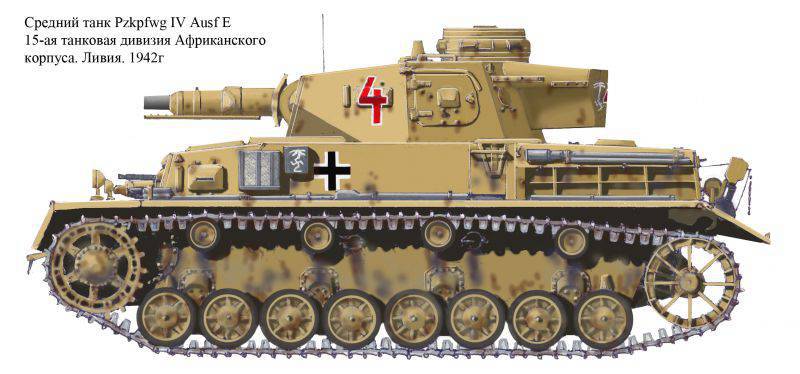
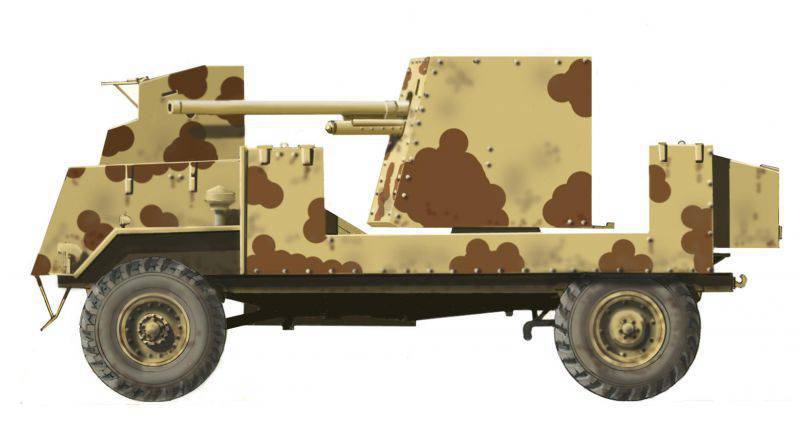
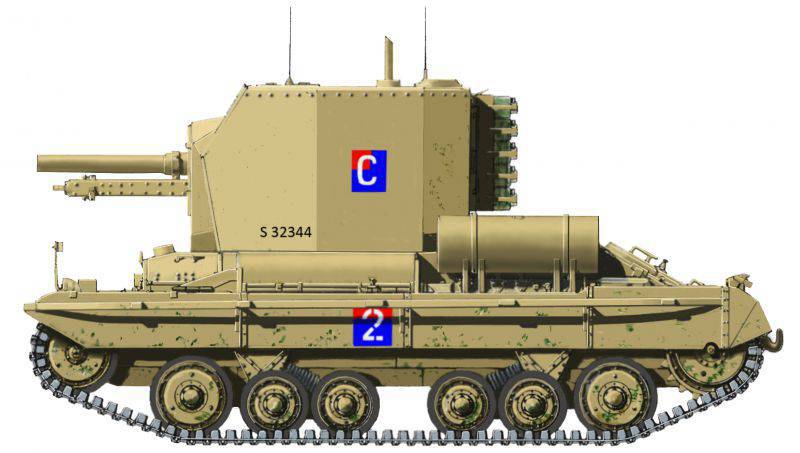
Information